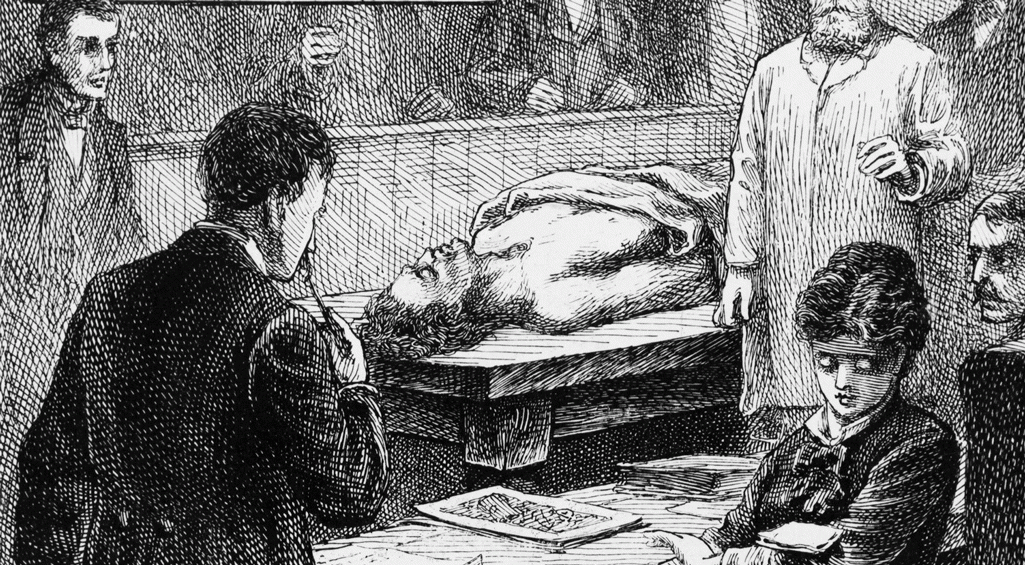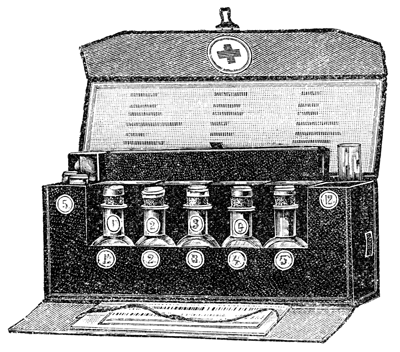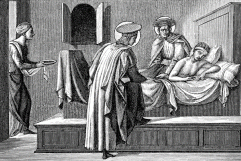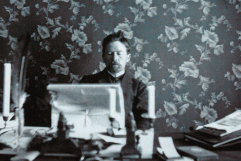
Medical studies were banned for women until the end of the 19th century
They attended class accompanied by their mothers; they forged birth certificates and were scorned by their male colleagues over the decades.
Elizabeth Blackwell managed to enter the Geneva Medical College in New York after ten refusals and in 1849 she became the first woman Doctor of Medicine in the world. She travelled around Europe, specialising in obstetrics, but she continued be scorned by her male colleagues. And as the men despised her, she decided to surround herself with women, such as her sister Emily, the third woman to obtain the title in the USA and many others who she, herself trained. With their help, she founded the New York Dispensary for Poor Women and Children in 1853, in what had previously been the Lower Manhattan Hospital. This is recalled by Carlos Aitor Yuste and Jon Arrizabalaga in their book This wasn’t in my History of Medicine book.
Another case included by the authors is that of Eloisa Diaz Insunza, who was forced to go to class accompanied by her mother when she decided to study medicine at the University of Chile in 1881; while the Mexican Matilde Montoya had to forge her christening certificate to be able to study Medicine at the university. In Spain, Maria Elena Maseras y Rivera became the first woman enrolled at a Spanish university without having to hide her gender, but she had to wait for four years after finishing her studies for a Royal Order by Alfonso XII to grant her the right to graduate in Medicine. She was not the first Spanish woman to graduate, as Dolors Aleu y Riera beat her to it by a very short time. In 1882, she passed with a qualification of excellent and she graduated with a thesis on the hygienic-moral education of women.
Women doctors in Rome
Roman civilisation has given important examples of women doctors who achieved great prestige in their specialities, such as Philistia, Lais, Salpe de Lemos or Metodora
Many centuries prior to this, there were woman exercising medicine such as the Greek Agnodice (4th century B.C.), who had to dress up as a man and travel to Alexandria to study with Herophilus. According to the legend, which Pedro Gargantilla includes in A curious history of medicine, when her sex was discovered and she ran the risk of being sentenced to death, the wives of the city’s magistrates protected her. The Romans were much more permissive and women doctors were accepted as the norm. Philistia and Lais were specialists in obstetrics, Salpe de Lemos wrote about eye disease and Metodora treated the diseases of the womb.
Curious data about medical history
Bayer recommended heroine syrup for coughs. Heroine was the trade name that the Bayer laboratories gave to diacetylmorphine, an opiate derived from morphine. They started selling it as an effective syrup for children’s coughs and sore throats, until they realised the strong dependence it caused.
The disease of Isabel II. The Spanish queen suffered from an uncomfortable rash on the palms of her hands and the soles of her feet which, according to testimonies, was the result of psoriasis. The doctors prescribed steam and saltwater baths, therefore the Queen Regent, Maria Cristina decided to take her to the Catalan coast to take the waters. And as the court went wherever she went, it became fashionable to go to the beach.
The Beatles and the CT scan. The Austrian mathematician Johann Radon developed the mathematical formulae that allowed an image to be reconstructed in three dimensions from a two-dimensional image. Applying the discovery required a great deal of money that he obtained from the record company EMI, which earned large amounts of money thanks to the sale of millions of records by the Beatles.
The first printed medical work. It was a calendar of bloodletting and laxatives printed in the year 1456 in Mainz (Germany).
The longest attack of hiccoughs in history. It lasted 69 years and it affected Charles Osborne, who hiccoughed approximately 430 million times.




